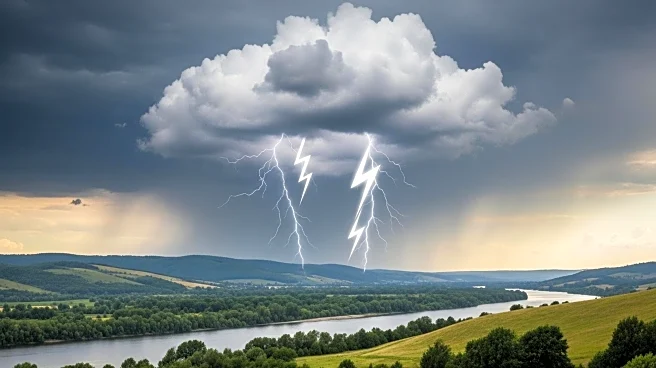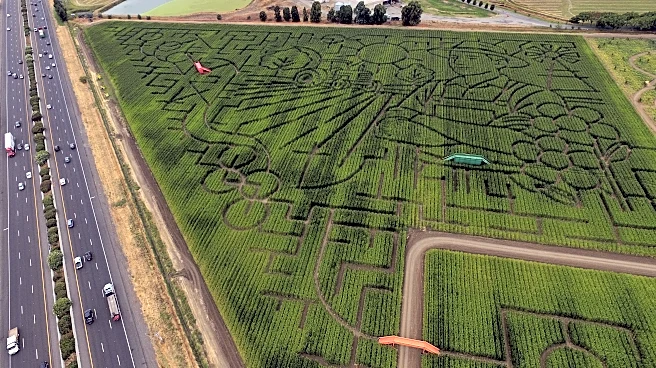What is the story about?
What's Happening?
California water officials have issued warnings about the potential for extreme weather events as the state enters a new water year. Despite reservoirs like Lake Oroville being at 109 percent of average capacity, officials emphasize the ongoing threat posed by climate extremes. The National Oceanic and Atmospheric Administration (NOAA) predicts a 71 percent chance of La Niña conditions developing in the fall, which historically correlates with dry weather but could also lead to intense storms and flooding. The state is preparing for both drought and flood scenarios, with emergency preparedness measures in place, including the deployment of sandbags and flood-mitigation equipment.
Why It's Important?
The warnings from California water officials highlight the increasing challenges posed by climate variability. The potential for La Niña conditions could exacerbate the state's vulnerability to both droughts and floods, impacting water management and emergency response efforts. The state's largest reservoirs are performing above average, but the unpredictability of weather patterns necessitates vigilance and preparedness. The situation underscores the importance of adaptive strategies in water resource management and the need for communities to be ready for emergencies ranging from droughts to floods.
What's Next?
California typically experiences wetter conditions during the winter months, with atmospheric river events common in Northern and Central California. These events can improve water levels but also pose risks of floods and mudslides. State agencies are coordinating with local emergency responders to ensure preparedness for potential severe weather. Residents are urged to stay informed and follow local weather guidance as the season progresses.
AI Generated Content
Do you find this article useful?















